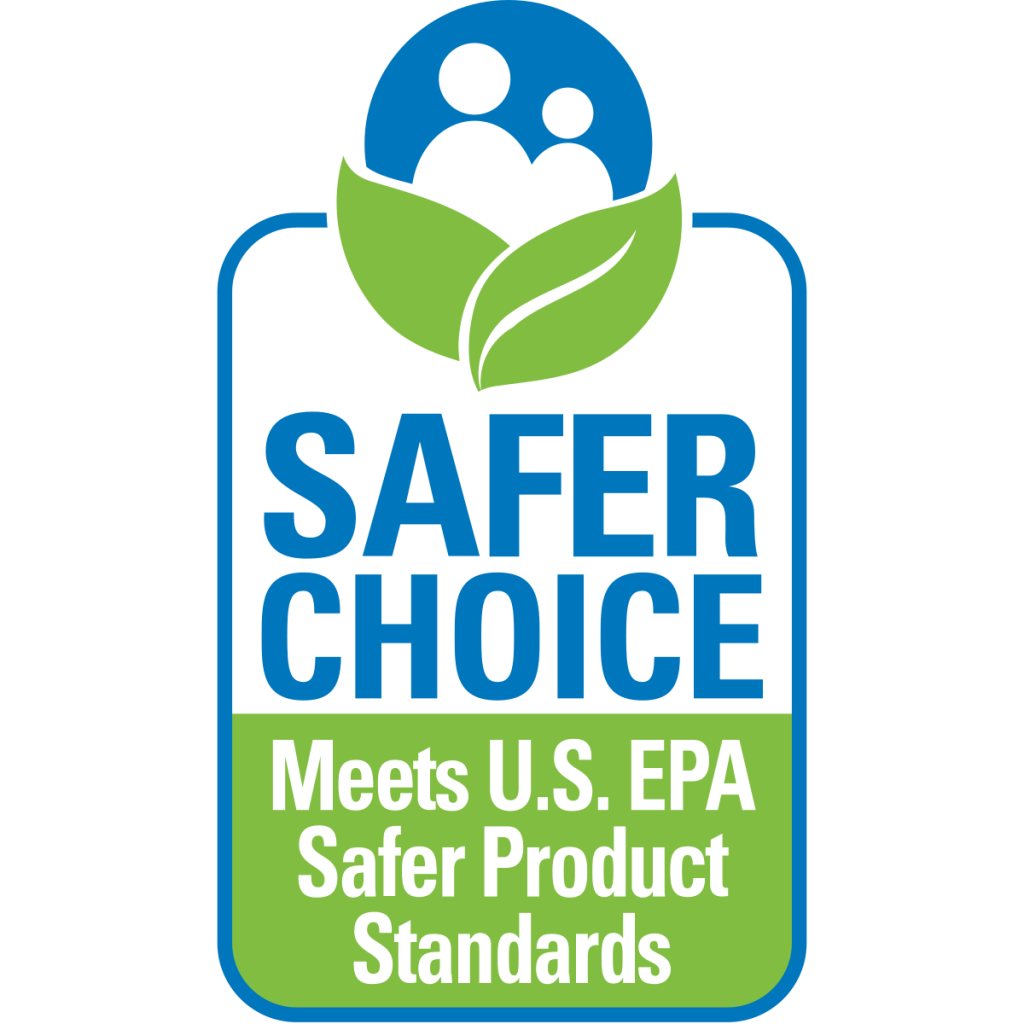Ingredient Communication
Consumers Right to Know
-
Ingredient Transparency
Communicating useful ingredient information to consumers and workers allows them to safely use formulated products they use every day at home and work. Compliance with federal and state laws, and HCPA’s voluntary ingredient communications program, ensure that consumers can make informed choices about the products they use.
Consumers are demanding increased transparency in all facets of life, and product manufacturers are stepping up to the challenge. That’s why many household and commercial product companies, in addition to longstanding voluntary disclosure programs, supported a new approach to ingredient disclosure for air care, automotive, cleaning, and polish and floor maintenance products. New legislation in California to increase ingredient communication, the Cleaning Product Right to Know Act (SB 258), was signed into law on Oct. 15, 2017.
HCPA lead a a coalition of diverse stakeholders to negotiate this landmark law that successfully balances consumer and worker demands for more ingredient information with complex implementation issues, including the need to protect certain proprietary and confidential business information. HCPA is continuously educating the industry on what they need to do to prepare.
We continue to monitor legislative activity in other states, and in the U.S. Congress, to prevent inconsistent labeling requirements in other jurisdictions. HCPA is actively engaged with all stakeholders to build consensus on the industry’s path forward – including how any potential solutions would align with retailer requirements. We will continue to oppose burdensome, costly and conflicting requirements and drive solutions for our members which protect proprietary and confidential business information.
HCPA and our member companies, working with other industry trade organizations, developed a voluntary consumer product ingredient communications initiative for four consumer product categories—air care products, automotive care products, cleaning products, and polishes and floor maintenance products. This industry-led initiative helps consumers make more informed choices about the products they use in and around their homes. Participating companies list product ingredients on the product label; on the manufacturers’, distributors’, or importers’ website; via a toll-free telephone number; or through some other non-electronic means.
HCPA is the strongest industry advocate of the U.S. Environmental Protection Agency’s Safer Choice Program, and has been honored as a Safer Choice Partner of the Year three years in a row. HCPA has successfully advocated for the program before the EPA, Congress and the chemical formulator industry to help ensure program continuity and to improve its value for participants.

At its heart, green chemistry is about the use of less-hazardous substances in products to minimize the impact that chemicals will have on both public health and the environment. However, without strong trade secret and intellectual property protections, green chemistry legislation andregulation could discourage innovation and critical investments that lead to new chemistry discoveries and safer products.
We believe that any green chemistry program should provide sufficient protection of trade secrets andconfidential business information through commonly-accepted regulatory processes used throughout the country. Product formulas are trade secrets, and critical parts of a company’s intellectual property. They reveal the “recipe” of flagship brands that provide decades of market success for manufacturers. While HCPA member companies understand the public’s interest in obtaining useful ingredient information, this process requires careful balance with protecting trade secrets for a competitive market. Communication of seemingly isolated pieces of information about a product formula, including ingredient chemical names, concentrations, Chemical Abstract Service names and numbers, and physicochemical properties, provide key “clues” to a trained eye to unravel sophisticated formulary science in which a manufacturer made a significant investment to create.
Product formula disclosure will forever present a concern to consumer product manufacturers because of the real threat of competitive surveillance. Loss of intellectual property to competition in states prevents a manufacturer from obtaining confidentiality protection for that formula anywhere else in the world. This is very problematic for a manufacturer who intends to expand in other geographies as part of an overall global market strategy. The inability to protect formula information as confidential business information as a manufacturer enters a new market can result in a subsequent quick market entry of knock-off products from competitors. These competitors reap the economic benefit from marketing the innovation without investing the significant capital as the original manufacturer. This dynamic showcases the challenge that domestic manufacturers face in the global marketplace and the threat to loss of U.S. leadership in the manufacturing sector.
Importantly, manufacturers cannot always choose to patent their confidential product formulas, and instead must rely on trade secret protection. There is no legal requirement that requires the holder of a trade secret to seek patent protection in order to be able to maintain its property interest in the trade secret; accordingly, green chemistry regulations cannot require a patent filing in order to protect new discoveries of greener chemistries. Patents require disclosure of the confidential information in the patent application. While a patent, if granted , provides legal protection from competitors copying a manufacturer’s intellectual property, patents only offer protection in the country in which the patent is issued, are only issued for a limited period of time, and require enforcement action on the part of the manufacturer against potential infringement cases. Many manufacturers opt for trade secret protection rather than a patent, provided that the confidential information meets the trade secret eligibility criteria under the federal Uniform Trade Secrets Act.
Learn about HCPA’s Product Ingredient Dictionary

